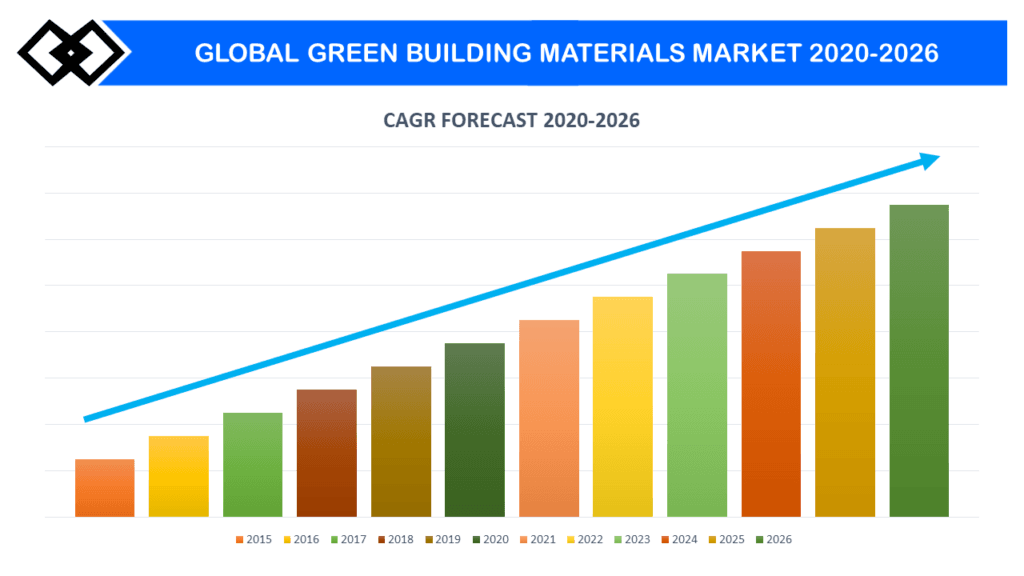Singapore has embraced sustainable construction materials and technologies as a response to the growing environmental challenges. The use of recycled materials and energy-efficient technologies in the construction sector reflects the city-state’s commitment to both the environment and economic sustainability. As a city with limited land and resources, Singapore has adopted a strategic approach to ensure that its urban development is aligned with sustainability goals. This article explores the increasing adoption of Sustainable Materials Singapore for its construction industry and highlights the environmental and economic benefits.
Sustainable Materials Singapore: Embracing Recycled Materials

The use of recycled materials in construction has grown significantly in Singapore, driven by both public and private sectors. Public agencies like the Housing & Development Board (HDB) have adopted Sustainable Materials Singapore in various projects. For instance, HDB extensively uses recycled aggregates in non-structural elements, such as in road kerbs and partition walls. By incorporating recycled concrete, construction waste is minimized, reducing the overall environmental footprint.
Another usage example of Sustainable Materials Singapore, the Land Transport Authority (LTA) has piloted a project utilizing incineration bottom ash (IBA) for road construction. This alternative material, derived from the combustion of domestic waste, presents a practical solution to Singapore’s waste disposal challenges. Additionally, it also help to conserve natural resources such as sand and granite.
These innovations help alleviate Singapore’s landfill pressure, making sustainable construction an essential component of the nation’s waste management strategy.
Sustainable Construction in the Private Sector
The private sector in Singapore has also made notable strides in sustainable construction using Sustainable Materials Singapore. Iconic projects like the Goodwood Residence and Tampines Concourse serve as prime examples. Tampines Concourse, known for being the first carbon-neutral building in Asia-Pacific, used sustainable materials like recycled concrete aggregates (RCA) and copper slag in its construction. This saved more than 1,000 tonnes of natural sand and granite, and offset 6,750 tonnes of carbon dioxide, illustrating the environmental benefits of sustainable materials.
The developer behind the Goodwood Residence adopted a “Zero Waste” concept, recycling all waste materials during demolition. Recycled aggregates from the demolition were then used to manufacture precast walls, creating a closed-loop system that minimized waste generation.
The Role of Government Policies in the Rise of Sustainable Materials Singapore
The government plays a key role in promoting the use of Sustainable Materials Singapore through policies and incentives. The Building and Construction Authority (BCA) has set stringent standards for energy efficiency and sustainable design through the Green Mark Certification. This certification assesses a building’s energy use, water conservation, and indoor environmental quality. By offering grants and incentives, such as the Green Mark Incentive Scheme, the government encourages developers to retrofit buildings with eco-friendly features.
Public sector projects lead the way, with green procurement practices now mandatory for new government buildings. These structures are designed to meet the highest Green Mark ratings, such as Green Mark Platinum. It is to ensure they adhere to sustainable construction practices, including the use of recycled materials or other Sustainable Materials Singapore.
Economic and Environmental Benefits
The shift towards sustainable construction in Singapore offers multiple benefits. Environmentally, the use of recycled materials and Sustainable Materials Singapore reduces the depletion of natural resources, cuts down on waste, and lowers carbon emissions. Economically, adopting energy-efficient technologies and sustainable building practices can result in lower operating costs and higher long-term savings for developers and building owners.
Moreover, Singapore’s investment in research and development, particularly in areas like copper slag and concrete recycling, has positioned the city as a leader in sustainable construction innovation. These efforts not only benefit the environment but also offer a competitive advantage to the construction industry.
Singapore’s construction industry is undergoing a transformation driven by the increasing use of Sustainable Materials Singapore and technologies. With strong government support, public-private partnerships, and a focus on long-term environmental and economic gains, sustainable construction is becoming the norm rather than the exception. As Singapore continues to pioneer in green building practices, the city-state sets an example for other urban centers around the world.

